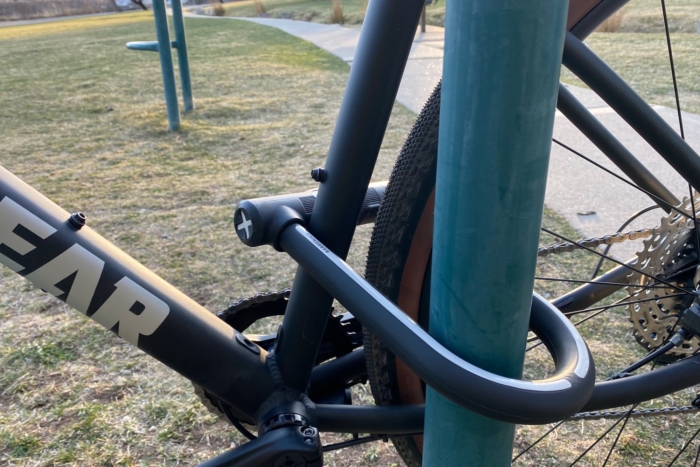The PWR Dually gets its name from its dual-drive wheels, but how it distributes power between them enhances the riding experience.
The PWR Dually is an off-road adventure e-bike, not a mountain e-bike. With its fat tires and signature AWD design, it excels on trails with loose dirt and bounces over grassy fields.
Rather than trying to break it by hucking off the nearest jumps, I tested this bike around the city on paths, up and down dirt trails, and across snowy fields to get a better feel for how it performs and who would enjoy it the most.
In short, the PWR Dually stands out from competitors with its unique two-wheel drive, which delivers torque and fun for anyone looking for an off-road e-bike for casual rides or crunchy commutes. It’s priced competitively with other fat-tire e-bikes that don’t provide the same power control.

PWR Dually E-Bike Review
Let’s start with Dual-Drive, the bike’s namesake, take on an AWD bike and its standout feature. The Dually is powered by 500W hub motors on each wheel, which are wired together to relay traction readings.
This last bit is the unique part. Instead of sending the same power to both wheels, the Traction Control detects when traction slips in one wheel and diverts it to the one with greater traction.
That’s how it works. I’ll delve into how it feels to ride below.
With a listed 45-mile range, you’ll want to know where you’re going and be conservative in your battery life estimates. I didn’t test the range to failure because I didn’t want to be left riding a 60+ pound bike home. The estimated battery power on display proved a reliable gauge in my real-world riding.
After my longest ride, the battery took about 5 hours to recharge fully (PWR lists 4-6 hours for a fill from empty). Additionally, the battery held its charge between weeks-long periods between use.
This powerful torque is also why PWR positions the Dually as a hauler. I didn’t test the bike with an off-road capable trailer, but it’s certainly powerful enough to haul gear for a day at the beach or the hunting stand.
The digital interface displayed the bike’s speed, power setting, and battery status. Changing the power meant pressing the designated up or down button, which took some concentration to shift on the fly. A long press of the power buttons turned the bike on and off.
There’s a throttle on the inner portion of the left handlebar. It helped maintain the drive power without pedaling. This feature was convenient when starting from a cold stop to dart across the street, and it lets me keep speed through turns, providing better traction.

The Ride

PWR Dually Main Specs

PWR Dually Specs
- Reported weight: 66 lbs.
- Assist levels: 8
- Gears: Shimano Acera 9-Speed
- Suspension: RST Guide MLC with 95 mm (3.74 in.) of travel
- Motor power: 1,130W peak/ 750W sustained
- Battery power range: 696Wh, up to 45 miles
- Top speed: 28 mph
- Tire size: 26″ x 4″
- Brakes: Hydraulic disc, 203mm rotors
- Price: $3,500
Pros
- 8 assist levels
- Smooth-shifting
- Confident traction
Cons
- No kickstand
- Unwieldy wires










